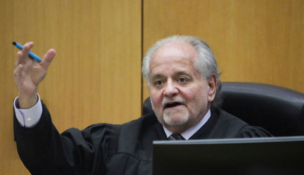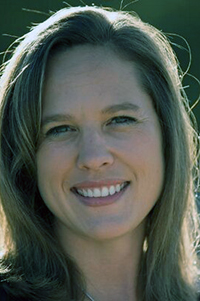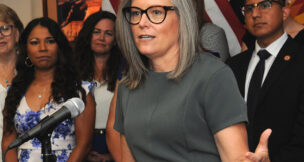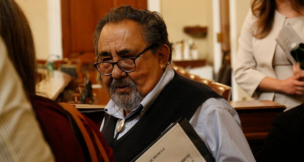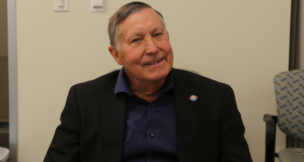Restored recordings share greetings from Arizonans serving in World War II
Corbin Carson, Cronkite News Service//November 12, 2012//[read_meter]
Restored recordings share greetings from Arizonans serving in World War II
Corbin Carson, Cronkite News Service//November 12, 2012//[read_meter]
[caption id="attachment_53191" align="alignnone" width="300" caption="Robert Spindler, archivist and curator for the Arizona Collection at ASU Libraries, displays some recordings former Arizona Gov. Howard Pyle made as a radio broadcaster. In...






